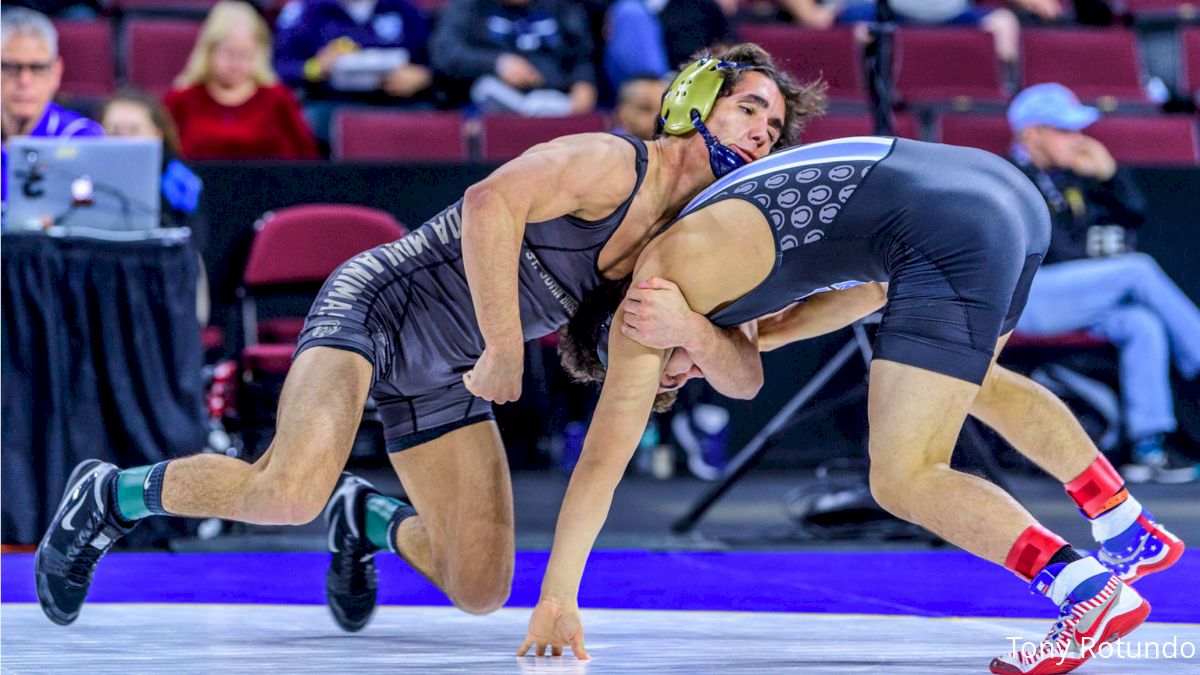High School Wrestling Weight Classes
High School Wrestling Weight Classes
Weight classes are a crucial part of wrestling at all levels, including high school. Learn more about high school wrestling weight classes here.

Weight Classes are an important part of wrestling. During the 2021-22 season, the National Federation of State High School Associations (NFHS) released three new sets of weight classes that each state may choose from.
States can choose to have either 14, 13, or 12 weight classes for both boys wrestling and girls wrestling. Most states choose to compete with 14 weight classes.
NFHS Boys Weights - 14 Weight Classes
106 lbs., 113 lbs., 120 lbs., 126 lbs., 132 lbs. 138 lbs., 144 lbs., 150 lbs., 157 lbs., 165 lbs., 175 lbs., 190 lbs., 215 lbs., 285 lbs.
NFHS Boys Weights - 13 Weight Classes
107 lbs., 114 lbs., 121 lbs., 127 lbs., 133 lbs., 139 lbs., 145 lbs., 152 lbs., 160 lbs., 172 lbs., 189 lbs., 215 lbs., 285 lbs.
NFHS Boys Weights - 12 Weight Classes
108 lbs., 116 lbs., 124 lbs., 131 lbs., 138 lbs., 145 lbs., 152 lbs., 160 lbs., 170 lbs., 190 lbs., 215 lbs., 285 lbs.
NFHS Girls Weights - 14 Weight Classes
100 lbs., 105 lbs., 110 lbs., 115 lbs., 120 lbs., 125 lbs., 130 lbs., 135 lbs., 140 lbs., 145 lbs., 155 lbs., 170 lbs., 190 lbs., 235 lbs.
NFHS Girls Weights - 13 Weight Classes
100 lbs., 106 lbs., 112 lbs., 118 lbs., 124 lbs., 130 lbs., 136 lbs., 142 lbs., 148 lbs., 155 lbs., 170 lbs., 190 lbs., 235 lbs.
NFHS Girls Weights - 12 Weight Classes
100 lbs., 107 lbs., 114 lbs., 120 lbs., 126 lbs., 132 lbs., 138 lbs., 145 lbs., 152 lbs., 165 lbs., 185 lbs., 235 lbs.